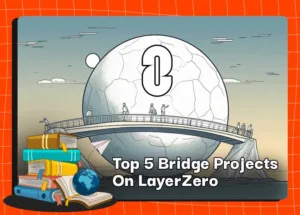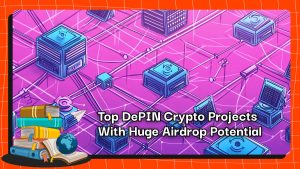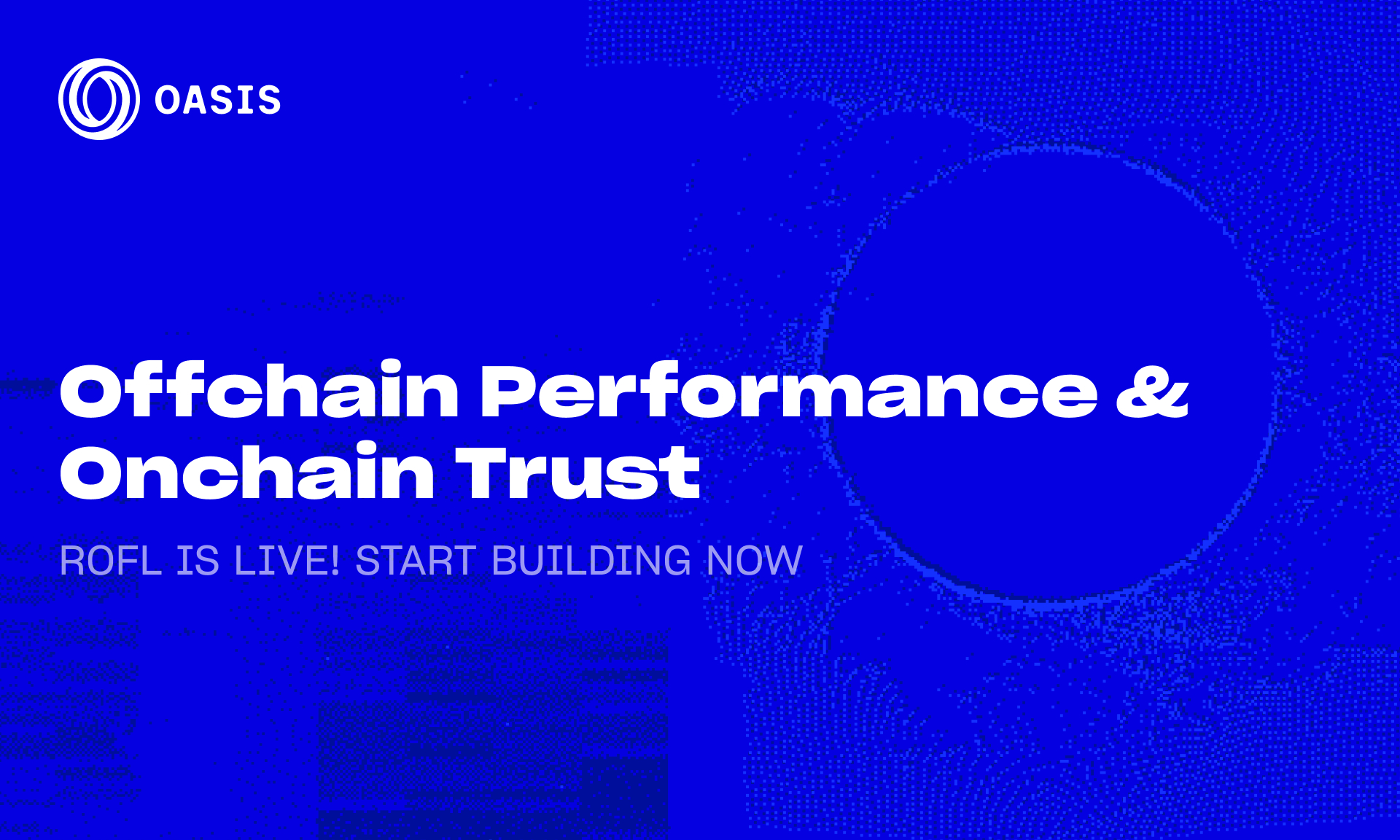Key Points:
- The Arbitrum airdrop is one of the most anticipated events in the cryptocurrency market.
- Unlike ETH, which is used to pay Ethereum fees, the ARB token will only be used for protocol governance.
- Arbitrum Orbit, a platform enabling developers to simply and permissionlessly establish their own Layer 3 blockchains, was also launched.
The Arbitrum airdrop is perhaps one of the most anticipated events in the cryptocurrency market in recent months. The wait seems to have come to an end.
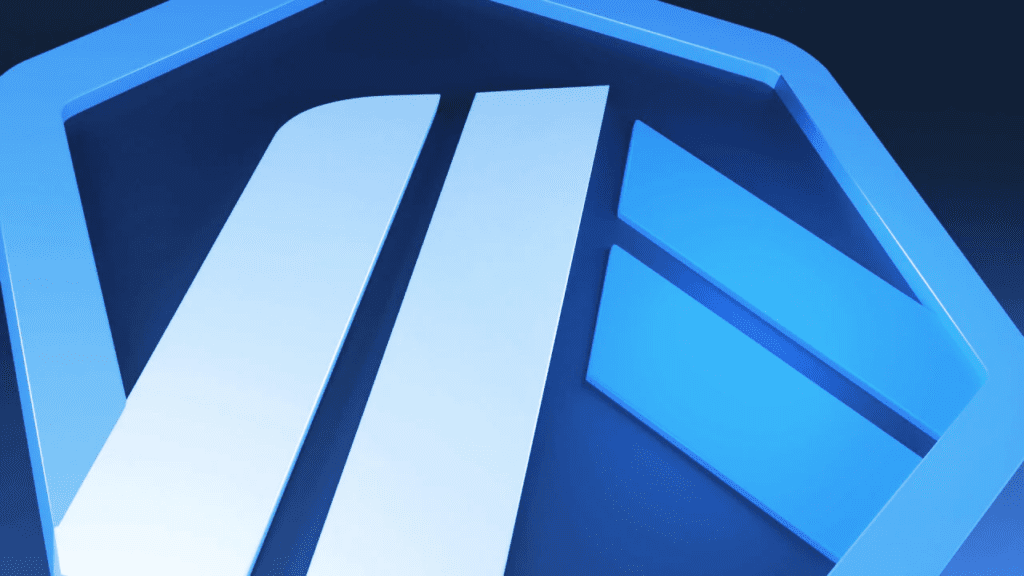
The Arbitrum Foundation has announced that it would airdrop ARB governance tokens to its community members on March 23 and debut its layer 3 development tool, Arbitrum Orbit, bringing Layer 2 one step closer to complete decentralization.
Arbitrum will be transformed into a self-executing decentralized autonomous organization (DAO) with the launch of ARB, enabling ARB holders to govern One and Nova, which are built for Web3 games and social media apps, and vote on crucial decisions, according to the statement.
The total number of ARBs in circulation will be ten billion. The community will own 56% of the tokens, with 11.5% allocated to them and 1.1% given to DAOs participating in the Arbitrum ecosystem. The DAO will have authority over critical basic protocol choices, including technological improvements and income distribution for ecosystem support.
Arbitrum’s founding team, Offchain Labs, stressed that the ARB token would make the ecosystem more decentralized than existing extension chains.
Offchain Labs will get the remaining 44% of the ARB circulation. All investor and team tokens are locked for four years, with the initial unlocking occurring in one year and periodic unlocking occurring over the following three.
What Potential does the ARB offer?
In less than two years, Aribtrum has developed to become one of the most popular layer 2 blockchains on Ethereum.
Over many months, the Arbitrum Foundation and Offchain Labs collaborated closely with Nansen to design qualifying criteria for the ARB token airdrop. They created a point system based on different network consumption measurements.
Arbitrum One and Nova users also got points. Also, early One users (before Nitro) gained extra points. The airdrop is only available to those who have three or more points. Nevertheless, those that participated in Sybil-related use patterns were docked points.
Those that want to be part of the governance but do not desire to vote on-chain actively may participate passively via delegation.
Arbitrum has incorporated a second mechanism in the form of DAO airdrops to increase token distribution to new and infrequent users. As a result, only its projects with DAO treasuries are eligible.
The network has a 55% market share in the highly competitive layer 2 blockchain or rollups track, and its transaction volume eclipsed Ethereum for two consecutive days last month. Optimism, Polygon, zkSync, and StarkNet are among the other notable projects.
According to DefiLlama, the total value secured on the chain is $1.83 billion, about twice the amount locked on the chain of its rival Optimism, another second-layer blockchain that similarly attempts to make Ethereum transactions quicker and cheaper. Optimism has its own cryptocurrency, OP, which has a market worth of over $995 million.

First and foremost, the airdrop will occur on March 23, but users may already verify their eligibility and exact claim to ARB tokens.
There is a point system in place that will determine how many tokens each user receives, with everyone requiring at least three points to qualify. The maximum point score is 15, and some of the activities include bridging money to One, making trades, and so on.
A single address may get a maximum of 10,200 tokens. The ARB token will be used for governance and will have a supply limit of 10 billion. 11.62% of it (1.162 billion tokens) will be used for the airdrop. DAOs that assisted in the development of the apps will get 1.13%.
Every activity taken by individuals who qualify will result in a particular amount of points, and the number of tokens awarded will be determined by this.
Arbitrum Orbit launch
Arbitrum Orbit, a platform enabling developers to simply and permissionlessly establish their own Layer 3 blockchains, was recently unveiled by the Arbitrum Foundation. Moreover, the Orbit L3 chains will use Arbitrum Stylus, allowing developers to create chains in C, C++, Rust, and Solidity.
Arbitrum batches transactions onto the layer 1 Ethereum blockchain using optimistic rollups. A layer 3 network based on Arbitrum would employ a similar rollup to batch transactions to the network and subsequently rollup them into Ethereum, which would enable higher transaction throughput at a relatively cheap cost.
This differs from rival Layer 2 Optimism, which does not concentrate on layer 3 networks but instead supports the building of various layer 2 networks based on its code stack that can be connected together, with Coinbase’s Base being one of its early backers.
Arbitrum is open to the possibility of utilizing its programming to enable layer 2 networking. The DAO will be able to vote on whether or not to support other layer 2 chains that use Arbitrum for Ethereum settlement. If these chains embrace Arbitrum’s constitution, they will be referred to be “governance” chains.
Arbitrum DAO will be able to allow other Ethereum Layer 2 chains, independent of whether they are regulated by ARB, guaranteeing complete community control over Arbitrum.
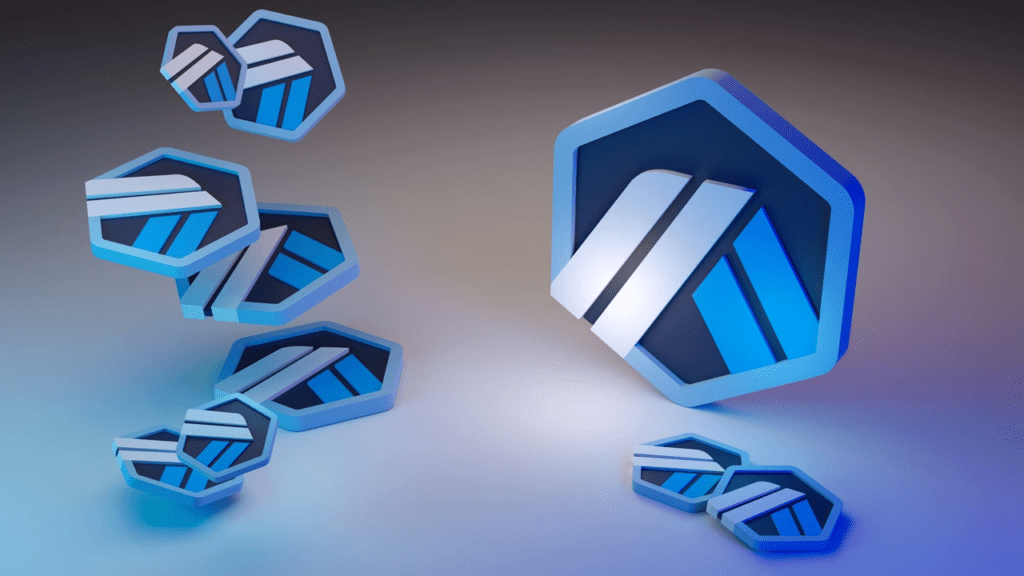
In August, the Arbitrum One platform was updated to Nitro. Moreover, Arbitrum stated a few months ago that 10 independent institutional validators had agreed to verify the platform.
Developers that construct such Layer 3 networks are provided a permanent license to use and modify the source code at their leisure, and they may build application-specific or general-purpose chains on top of Arbitrum.
One notable characteristic is that ARB tokens will not be utilized to pay Arbitrum network costs; on-chain fees will still be paid in ETH.
What next?
Most DAOs have governance token holders vote on ideas, and the project’s core staff then enforces the results by changing the network code.
The difference with Offchain Labs establishing a DAO is that the code base is automatically altered depending on the outcome, implying that the DAO has direct power over the network.
Yet, there are significant hazards to becoming a self-enforcing DAO if a bad actor is able to update the code through a voting mechanism.
If major, urgent problems are discovered in the software, a 12-member safety committee will be given emergency powers, with any modifications needing at least nine sign-offs.
While Offchain Labs will lose management of Arbitrum, the company aims to remain active in the ecosystem as a service provider.
DISCLAIMER: The Information on this website is provided as general market commentary and does not constitute investment advice. We encourage you to do your own research before investing.
Join us to keep track of news: https://linktr.ee/coincu
Harold
Coincu News











